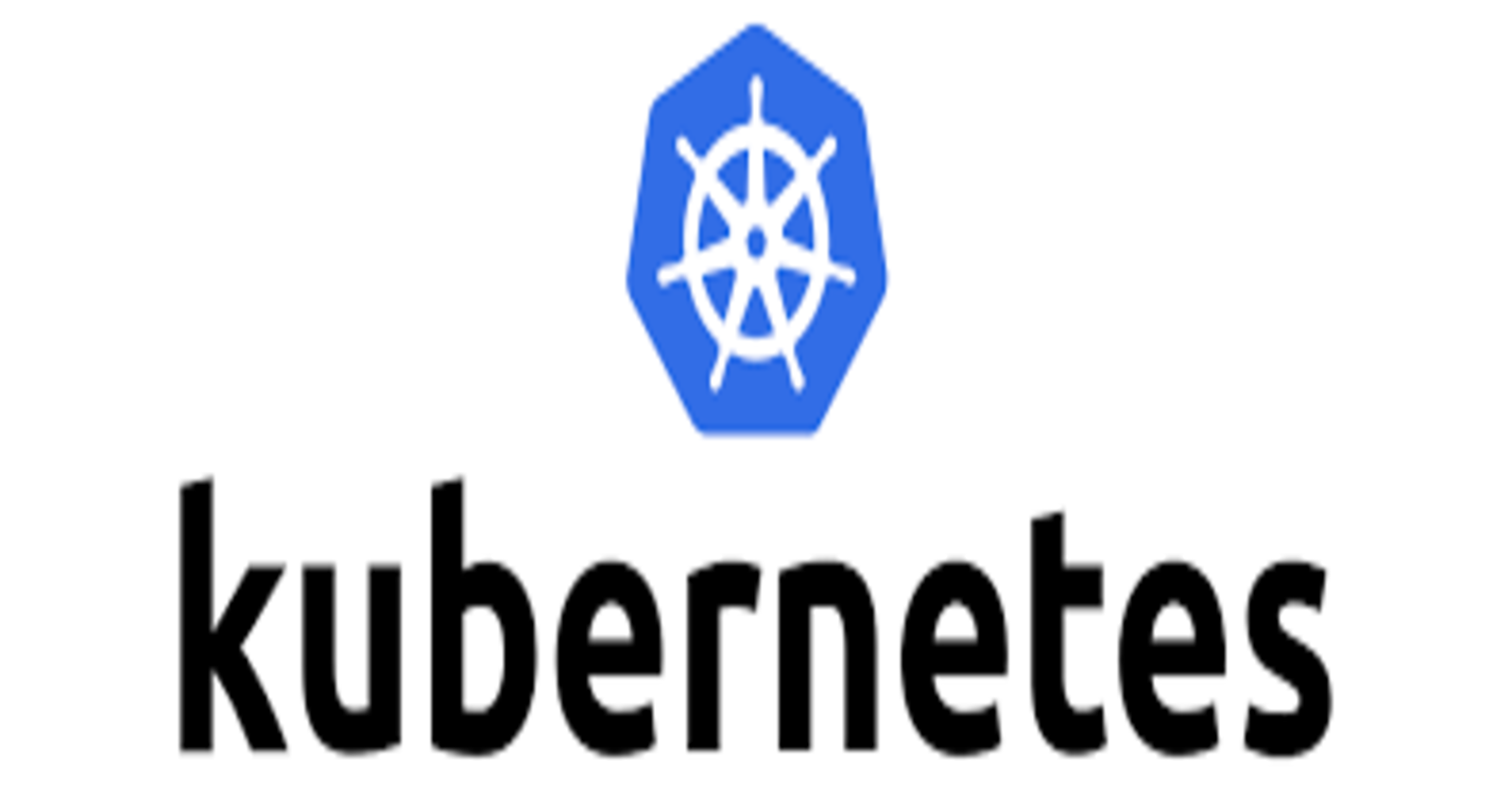Learn Kubernetes Basics: Day 4 of 40-Day Challenge of Kubernetes
 Rahul Vadakkiniyil
Rahul Vadakkiniyil
Kubernetes: The Container Orchestration Platform
Kubernetes is a powerful open-source platform for managing containerized applications. It provides a way to deploy, scale, and manage containers across multiple hosts. Kubernetes is used by a wide range of organizations, from small startups to large enterprises.
Why Use Kubernetes?
There are many reasons to use Kubernetes. Here are a few of the most important:
Scalability: Kubernetes makes it easy to scale your applications up or down as needed. This is important because it allows you to meet demand without having to overprovision resources.
Reliability: Kubernetes is highly reliable. It uses a variety of mechanisms to ensure that your applications are always available.
Portability: Kubernetes is portable, which means that you can run it on a variety of platforms, including public clouds, private clouds, and on-premises data centers.
Ease of use: Kubernetes is relatively easy to use. It provides a variety of tools and features that make it easy to manage your containerized applications.
How Does Kubernetes Work?
Kubernetes uses a master-slave architecture. The master node is responsible for managing the cluster. The slave nodes, also known as worker nodes, are responsible for running the containers.
Kubernetes uses a variety of components to manage containers. These components include:
Pods: Pods are the basic unit of deployment in Kubernetes. A pod is a group of one or more containers that are scheduled onto the same node.
Services: Services are used to expose pods to the outside world. Services provide a stable network endpoint for pods.
Replication controllers: Replication controllers are used to ensure that a specified number of pods are always running.
Deployments: Deployments are used to manage the lifecycle of pods. Deployments can be used to create new pods, update existing pods, and roll back changes.
Challenges of Using Standalone Containers
While containers offer several advantages, using them in isolation can present certain challenges:
Manual Management: Deploying, scaling, and managing containers individually is time-consuming and error-prone.
Lack of Orchestration: Without a centralized management system, it's difficult to coordinate multiple containers, especially across different hosts.
Limited Discovery: Containers within a network might not be able to find and communicate with each other easily.
Load Balancing: Distributing traffic evenly across multiple instances of a container can be challenging without a load balancer.
Resource Management: Allocating and managing resources efficiently for each container can be complex.
High Availability: Ensuring that containers remain available in case of failures or hardware issues is difficult to achieve manually.
How Kubernetes Solves These Challenges
Kubernetes addresses these challenges by providing a comprehensive platform for managing containerized applications:
Orchestration: Kubernetes automates the deployment, scaling, and management of containers across multiple hosts.
Service Discovery: Kubernetes provides a mechanism for containers to discover and communicate with each other within a cluster.
Load Balancing: Kubernetes can distribute traffic evenly across multiple instances of a service.
Resource Management: Kubernetes can automatically allocate and manage resources based on defined policies.
High Availability: Kubernetes can replicate containers across multiple nodes to ensure fault tolerance and high availability.
5 Use Cases for Kubernetes
Microservices Architecture: Kubernetes is ideal for managing complex microservices-based applications, providing the necessary orchestration and scalability.
Large-scale Applications: For applications that require handling high traffic or large datasets, Kubernetes can efficiently manage resources and scale horizontally.
Continuous Deployment: Kubernetes simplifies the process of deploying and updating applications frequently, enabling continuous delivery and integration.
Hybrid or Multi-cloud Environments: Kubernetes can be used to manage containers across different cloud providers or on-premises infrastructure, providing flexibility and portability.
Batch Processing: For batch jobs or data processing tasks, Kubernetes can automate the creation and management of containerized workloads.
5 Use Cases Where Kubernetes Might Not Be Ideal
Small, Simple Applications: For very small or simple applications that don't require advanced features like orchestration or scaling, managing containers directly might be sufficient.
Legacy Applications: Migrating older, monolithic applications to Kubernetes might be complex and require significant refactoring.
Real-time Applications: If strict latency requirements are critical, Kubernetes' overhead might introduce delays.
Specialized Hardware Requirements: Applications that rely on specific hardware or drivers might be challenging to run in a containerized environment.
Small-scale Development Environments: For individual developers or small teams, using a simpler container management tool might be more suitable.
Conclusion
Kubernetes is a powerful platform for managing containerized applications. It provides a variety of benefits, including scalability, reliability, portability, and ease of use. If you are looking for a way to manage your containerized applications, Kubernetes is a great option.
References:
Video: https://www.youtube.com/watch?v=lXs1VCWqIH4&list=PLl4APkPHzsUUOkOv3i62UidrLmSB8DcGC&index=6
Subscribe to my newsletter
Read articles from Rahul Vadakkiniyil directly inside your inbox. Subscribe to the newsletter, and don't miss out.
Written by
